Find Help
More Items From Ergsy search
-

Advice on sports injuries
Relevance: 100%
-

Can chiropractors help with sports injuries?
Relevance: 90%
-
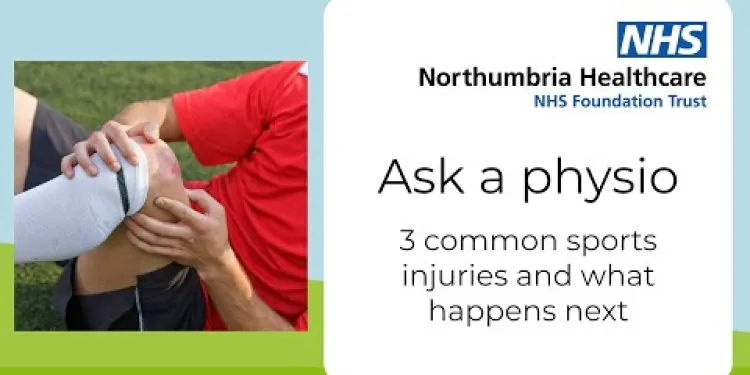
Ask a physio: 3 common sports injuries and what happens next
Relevance: 78%
-

Can playing sports increase the risk of a concussion?
Relevance: 55%
-

Is it safe to participate in group sports while pregnant?
Relevance: 50%
-
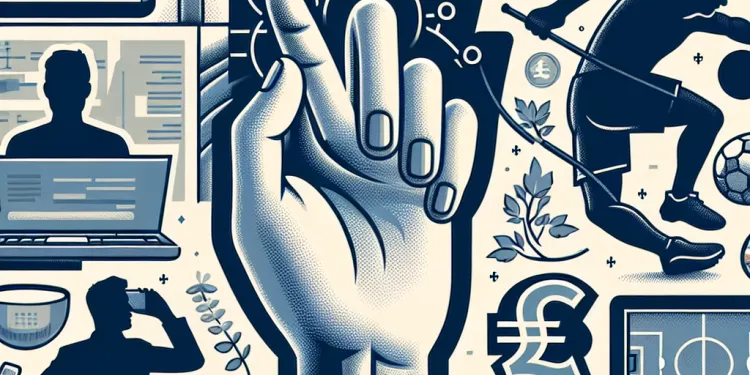
Can I work or continue sports activities if I have Carpal Tunnel Syndrome?
Relevance: 41%
-

Navigating Personal Injury Claims: What You Need to Know Post-2023
Relevance: 37%
-
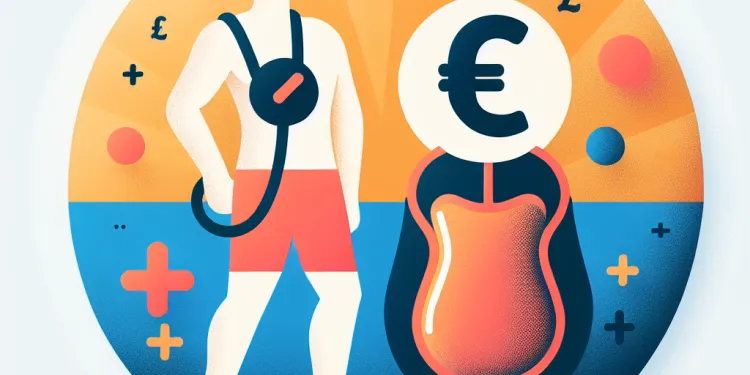
Can you participate in sports or physical activities with a stoma bag?
Relevance: 30%
-

Can concussions occur without a direct blow to the head?
Relevance: 30%
-

How can concussions be prevented?
Relevance: 30%
-
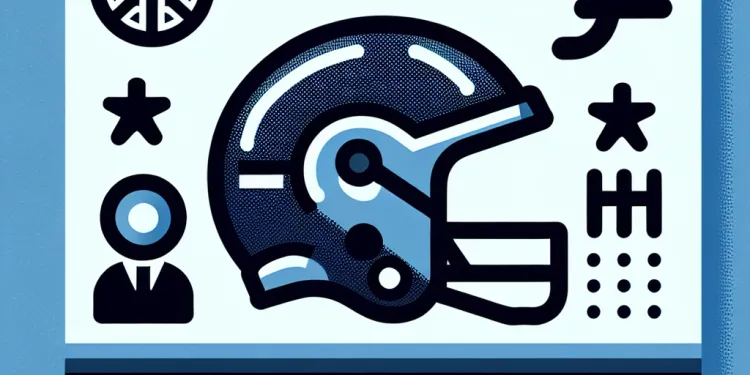
How can concussions be prevented?
Relevance: 27%
-

What is Concussion?
Relevance: 27%
-

Is there any way to prevent concussions?
Relevance: 27%
-
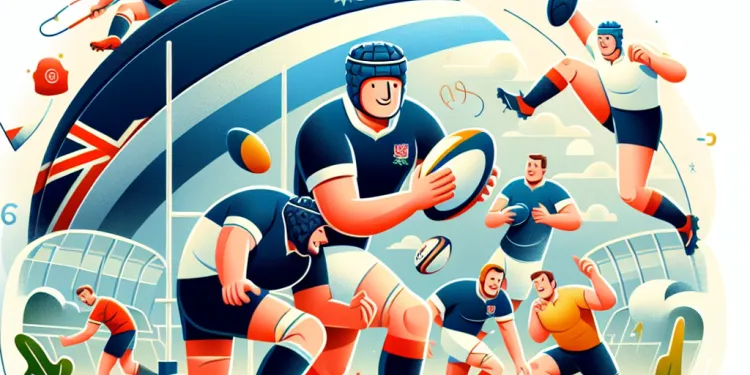
Are Concussions common in Rugby?
Relevance: 26%
-
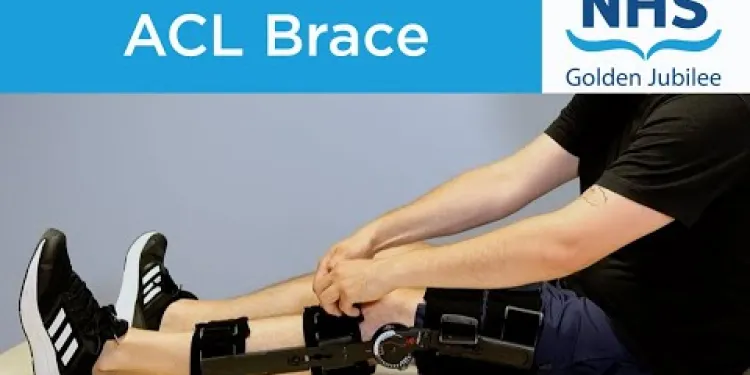
ACL Brace
Relevance: 26%
-
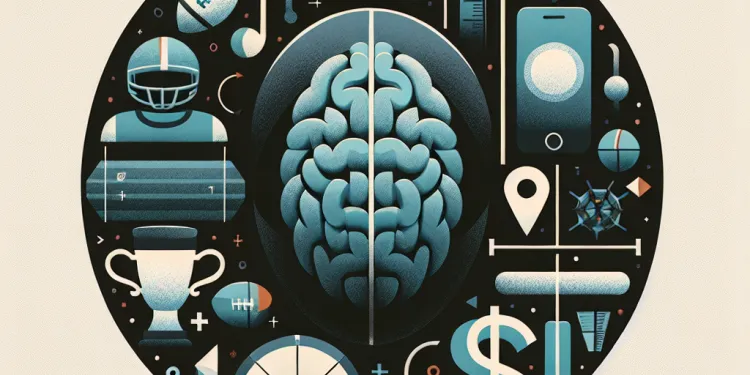
What causes concussions in rugby?
Relevance: 26%
-
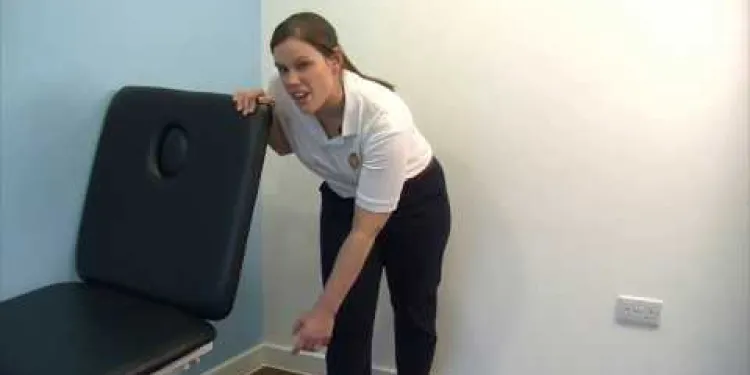
DBTH VFC DISLOCATED SHOULDER
Relevance: 25%
-

Is training available for coaches to help prevent concussions?
Relevance: 25%
-

Are there any exercises to avoid during pregnancy?
Relevance: 25%
-
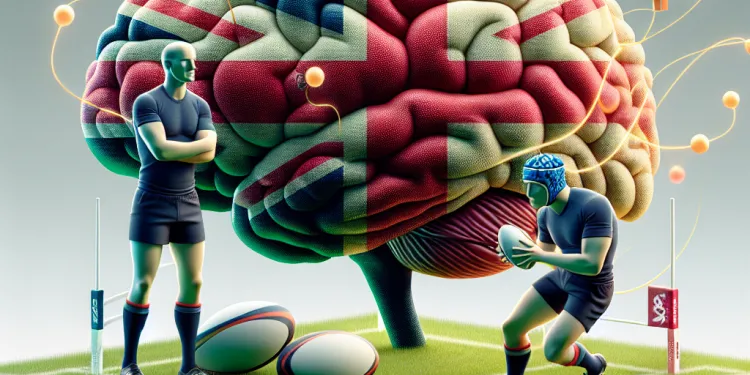
Are helmets required in rugby to prevent concussions?
Relevance: 24%
-

Are children more susceptible to concussions than adults?
Relevance: 24%
-

How is a concussion diagnosed?
Relevance: 22%
-
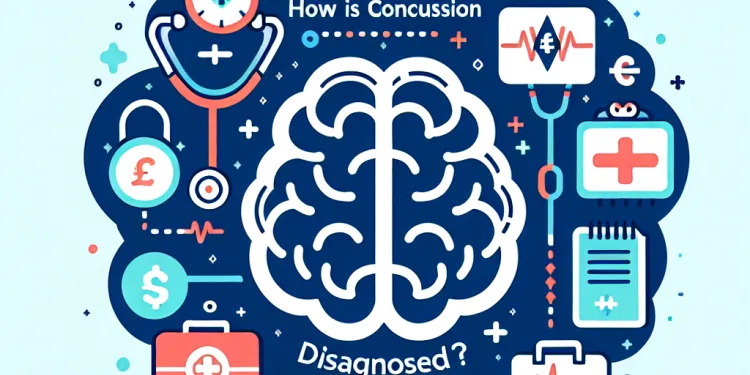
How is a concussion diagnosed?
Relevance: 22%
-
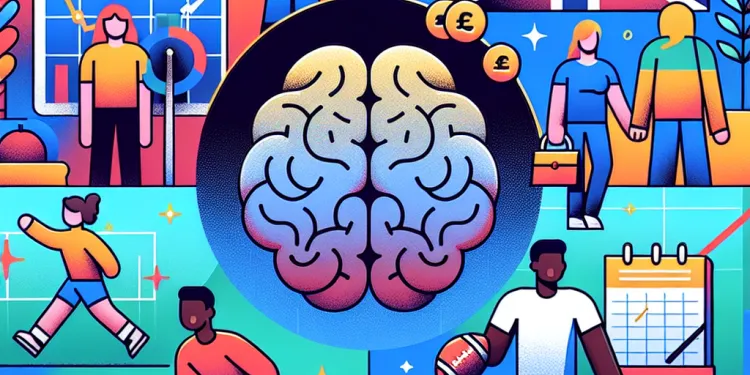
When is it safe to return to normal activities after a concussion?
Relevance: 22%
-
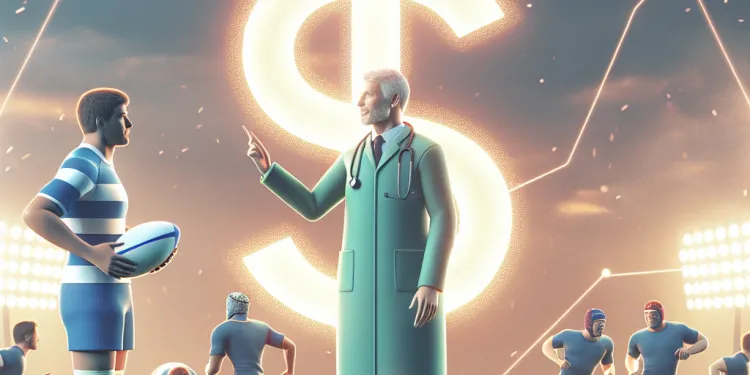
Is there a protocol for managing concussions in rugby?
Relevance: 22%
-

What role do schools play in managing concussions?
Relevance: 22%
-

What does a Chiropractor do?
Relevance: 22%
-
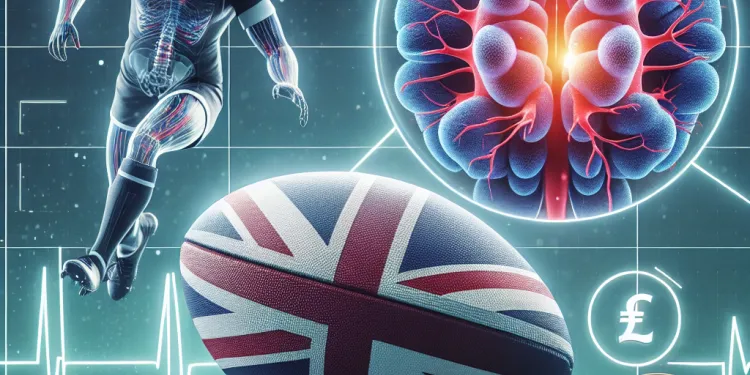
How do concussions impact long-term health in rugby players?
Relevance: 22%
-

Can players return to play on the same day after a suspected concussion?
Relevance: 21%
-

Is headache a symptom of a concussion?
Relevance: 20%
-
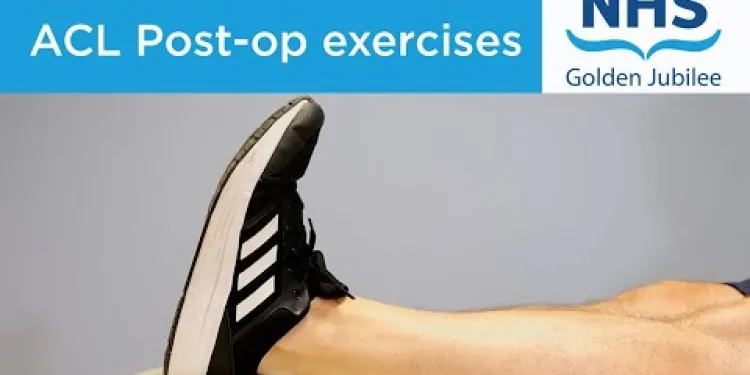
ACL exercises post-operation
Relevance: 19%
-
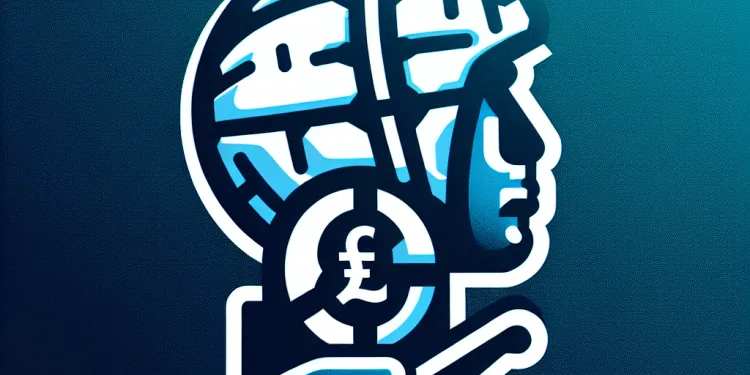
What support is available for rugby players who suffer concussions?
Relevance: 19%
-
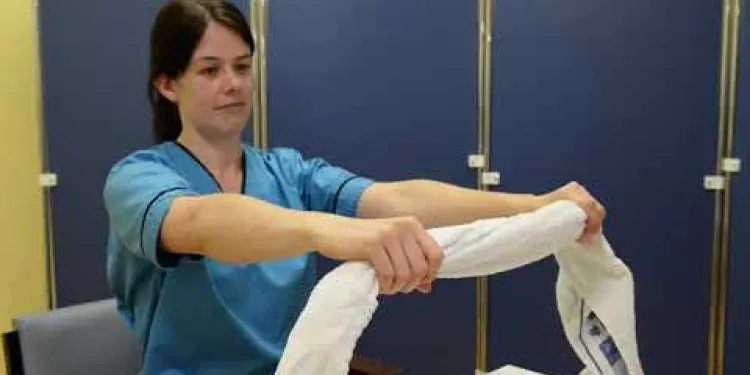
Elbow
Relevance: 18%
-
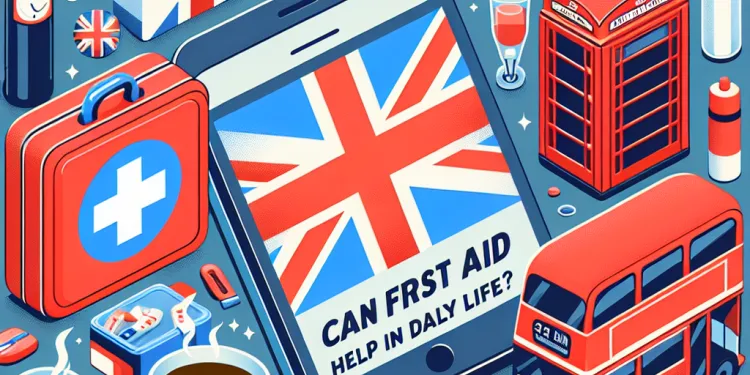
Can first aid skills help in daily life?
Relevance: 18%
-
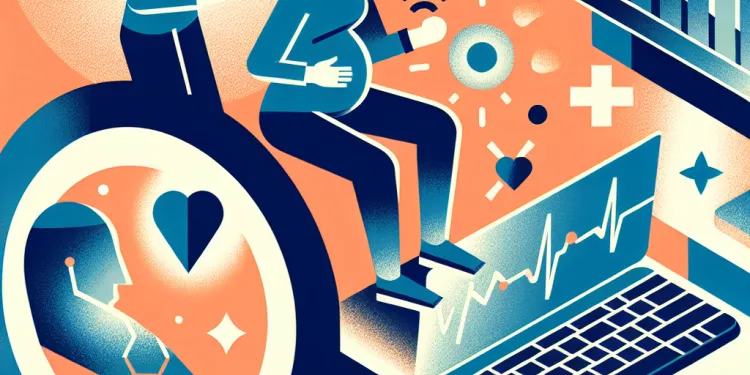
How can I ensure safety during pregnancy exercises?
Relevance: 17%
-

Where can AEDs typically be found?
Relevance: 17%
-

Self-care for sprains and strains
Relevance: 16%
-

Can Ibuprofen be used to reduce inflammation?
Relevance: 16%
-
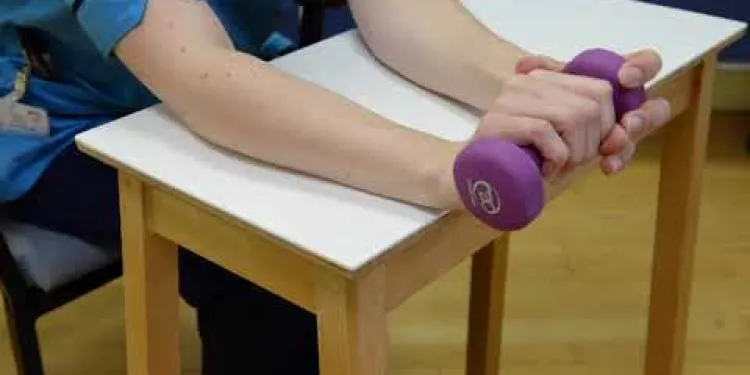
Elbow Eccentric Strengthening Exercise
Relevance: 16%
-
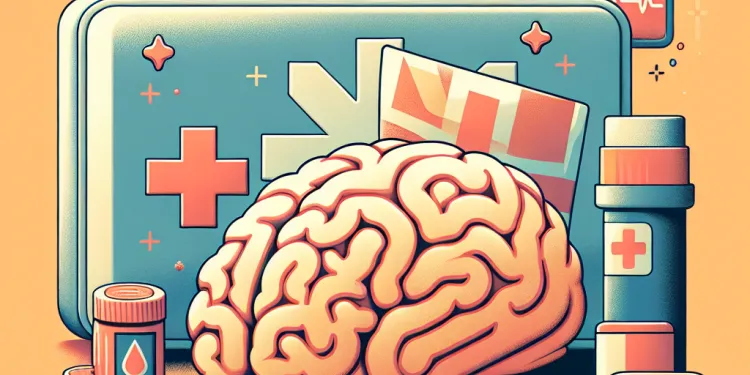
What immediate steps should be taken if someone has a concussion?
Relevance: 16%
Ask a Physio: 3 Common Sports Injuries and What Happens Next
Ankle Sprains
Ankle sprains are among the most frequent sports injuries in the UK, often occurring during activities that involve running or jumping. This injury happens when the ligaments that support the ankle stretch beyond their limits or tear. Symptoms include pain, swelling, and difficulty bearing weight on the affected foot. Immediate treatment often follows the RICE method – Rest, Ice, Compression, and Elevation. Most ankle sprains can be managed conservatively with physiotherapy, where professionals will guide you through exercises to regain strength and flexibility. Severe cases might require further medical intervention, such as bracing or, rarely, surgery.Hamstring Strains
Hamstring strains often afflict athletes who engage in high-speed running or movements requiring sudden acceleration. The injury involves the overstretching or tearing of the hamstring muscles located at the back of your thigh. Symptoms include a sharp pain at the back of the leg, swelling, and bruising. Initial treatment includes rest and application of ice to the affected area. Physiotherapy plays a vital role in recovery, employing techniques to improve flexibility and strength while preventing future injuries. Severe strains might need surgical repair, especially if there's a complete tear of the muscle.Anterior Cruciate Ligament (ACL) Injuries
The ACL is one of the key ligaments that help stabilize your knee joint. ACL injuries are prevalent in sports requiring rapid changes in direction, jumping, or direct impact. Individuals with an ACL injury often experience a "popping" sensation at the time of injury, followed by swelling, instability, and difficulty in bearing weight. Treatment varies from person to person; while minor cases may benefit from physiotherapy focused on building muscle strength around the knee, severe tears often necessitate reconstructive surgery. Post-operative rehabilitation is extensive, typically spanning several months, and involves strategic exercises to restore knee function and stability. By understanding the nature of these common sports injuries and the subsequent steps for treatment, athletes in the UK can better manage their health and return to their sports with confidence.Ask a Physio: 3 Common Sports Injuries and What Happens Next
Ankle Sprains
Ankle sprains happen a lot in the UK, especially when playing sports like running or jumping. This injury occurs when the strong bands in your ankle stretch too much or tear. You might feel pain, see swelling, and find it hard to stand on that foot. To feel better, follow RICE: Rest, Ice, Compression, and Elevation. Most ankle sprains get better with exercises and help from a physiotherapist. Sometimes, if it’s really bad, you might need more help like a brace or rarely, surgery.Hamstring Strains
Hamstring strains hurt runners and people who move fast. It happens when the muscles at the back of your thigh stretch too much or tear. You will likely feel a sharp pain there, and it might swell and show bruises. First, rest and put ice on it. Physiotherapists will help you get strong and flexible again so it doesn’t happen again. If the muscle completely tears, surgery might be needed to fix it.Anterior Cruciate Ligament (ACL) Injuries
The ACL is an important part of your knee that helps keep it steady. Injuries to the ACL are common in sports where you turn quickly, jump, or have a hard fall. You might hear a "pop" when it happens, and your knee might swell, feel wobbly, and hurt to stand on. Treatment depends on how bad it is; small injuries might only need exercises to make the muscles around your knee stronger. Bad injuries might need an operation to fix it. After an operation, you’ll do exercises for several months to help your knee work well again. By knowing about these common sports injuries and how to treat them, athletes in the UK can take care of their health and get back to sports feeling confident.Frequently Asked Questions
What are the three most common sports injuries?
The three most common sports injuries are sprains, strains, and stress fractures.
How can I tell if I have a sprain?
Signs of a sprain include pain, swelling, bruising, and limited ability to move the affected joint.
What is the difference between a sprain and a strain?
A sprain involves stretching or tearing of ligaments, whereas a strain involves stretching or tearing of muscles or tendons.
What should I do immediately after a sports injury?
Use the RICE method: Rest, Ice, Compression, and Elevation. Seek medical advice if necessary.
How long does it take to recover from a sprain?
Recovery time can vary, but most sprains take from 2 to 8 weeks to heal, depending on the severity.
What is a stress fracture?
A stress fracture is a small crack in a bone, typically caused by repetitive force often from overuse, such as running.
How can I prevent sports injuries?
Warm up properly before activities, use the right equipment, gradually increase intensity, and ensure proper technique.
When should I see a physiotherapist after a sports injury?
You should see a physiotherapist if you have significant pain, swelling, or if the injury does not improve with basic first aid.
What treatments do physiotherapists provide for sports injuries?
Treatments may include manual therapy, exercises, education on injury prevention, and modalities like ultrasound or electrotherapy.
Can I continue to exercise with a minor sports injury?
It depends on the injury. It's recommended to consult with a healthcare professional to ensure safe practices.
How can I manage pain from a sports injury?
Pain can be managed with rest, ice, over-the-counter pain relievers, and by following your physiotherapist's advice.
What is the role of rehabilitation in sports injury recovery?
Rehabilitation helps restore function, improve strength, and prevent future injuries through targeted exercises and therapies.
Are certain sports more prone to specific injuries?
Yes, for example, runners are prone to stress fractures, while footballers might experience more ankle sprains.
Can taping or bracing help prevent sports injuries?
Yes, taping and bracing can provide support and stability, reducing the risk of certain injuries.
What should I expect during my first physiotherapy session for a sports injury?
Your physiotherapist will assess your injury, discuss your symptoms, medical history, and create a tailored treatment plan.
What are the three most common sports injuries?
Playing sports can sometimes cause injuries. Here are the three injuries that happen the most:
- Ankle Sprain: This happens when you twist your ankle.
- Knee Injury: Your knee can get hurt when you play sports.
- Strained Muscle: This happens when you pull or stretch a muscle too much.
If you get hurt, tell a grown-up or a coach. You can use ice and rest to feel better. Stay safe when playing!
The top three sports injuries that happen a lot are sprains, strains, and stress fractures.
How do I know if I hurt a joint?
If you hurt a joint, like your ankle or wrist, you might have a sprain. Here are signs you should look for:
- It hurts.
- It gets bigger and puffy (swells).
- You see black and blue marks (bruises).
- It is hard to move the joint.
If you think you have a sprain, you can try these things to feel better:
- Rest the joint.
- Put ice on it.
- Wrap it with a bandage gently.
- Keep it up higher than your heart if you can.
If it keeps hurting, tell an adult or see a doctor.
What is the difference between a sprain and a strain?
A sprain happens when you hurt a ligament. Ligaments are bands that connect bones together. A strain happens when you hurt a muscle or a tendon. Tendons are bands that connect muscles to bones.
Here are some simple ways to tell them apart and remember:
- A sprain hurts your ligament. Think of a sprain as when your wrist or ankle twists.
- A strain hurts your muscle or tendon. Think of a strain as when your back or leg gets pulled.
If you think you have a sprain or a strain, tell an adult or a doctor. They can help you feel better. Using a picture chart or a model of the body can help you understand more.
A sprain happens when you stretch or tear a band that connects bones. A strain happens when you stretch or tear a muscle or a band that connects muscles to bones.
What to do right after getting hurt in sports?
If you get hurt while playing sports, here is what you can do:
- Stop playing right away.
- Sit down and rest.
- Put ice on the hurt area. It helps with pain and swelling.
- Keep the hurt part raised up if you can.
- Ask an adult or coach for help.
- See a doctor if it still hurts or is serious.
If reading is hard, try:
- Using audiobooks to listen instead of read.
- Asking someone to read with you.
- Using bright-colored markers or highlighters to focus on parts.
Follow these 4 steps to feel better: Rest, Ice, Compression, and Elevation. If you need help, talk to a doctor.
How long does it take to get better from a sprain?
A sprain is when you hurt a joint, like your ankle, by twisting it. Getting better can take time. Here is what you might expect:
- A few days to a week: You might start to feel better. Try to rest and not move the hurt joint too much.
- 2 to 4 weeks: You can slowly start using your joint again. Be careful and go slowly.
- More than a month: Sometimes it takes longer if the sprain is bad. Follow what the doctor says.
Helpful Tips:
- Use ice packs to help with swelling.
- Keep the hurt part up on a pillow when sitting or lying down.
- Use a bandage to support the joint.
- Ask a grown-up if you can do exercises to help it get better.
How long it takes to get better can be different for everyone. Most sprains take between 2 to 8 weeks to heal. This depends on how bad the sprain is.
What is a stress fracture?
A stress fracture is a small crack in a bone. It can happen when you use a bone a lot, like jumping or running. If you feel pain in a bone, tell an adult or a doctor.
To help understand, you can use pictures of bones and cracks. You can also talk with a helper like a teacher or parent.
A stress fracture is a tiny crack in a bone. It happens when you do the same thing over and over, like running a lot.
How can I stop getting hurt in sports?
Playing sports is fun, but sometimes we get hurt. Here are some easy ways to stay safe:
- Warm Up: Do simple exercises before you play. This helps your body get ready.
- Use the Right Gear: Wear the right shoes and clothes. Use helmets or pads if needed.
- Learn the Rules: Know how to play the game safely.
- Stay Strong: Eat healthy foods and drink lots of water. Rest when you are tired.
- Stretch: After playing, do stretches to keep your muscles loose.
Remember, it's okay to ask for help. You can also talk to a coach or a grown-up if you have questions.
Make sure you warm up before doing activities. Use the right gear. Start slow and then go a bit harder. Do things the right way to stay safe.
When should I visit a physiotherapist after getting hurt in sports?
If you get hurt while playing sports, it is important to know when to see a physiotherapist. They are people who help you feel better and get stronger.
- If the pain is really bad and does not go away, see a physiotherapist.
- If you cannot move your body part or it feels very weak, see a physiotherapist.
- If you notice swelling that does not get better, see a physiotherapist.
- If you have been resting but still do not feel better, see a physiotherapist.
Tools that can help:
- Ice packs to make swelling go down.
- An elastic bandage to wrap on sore spots.
- Resting and not using the hurt body part.
A physiotherapist can show you exercises to help you get better.
Go to see a physiotherapist if you have a lot of pain, if it is swollen, or if it doesn't get better with simple first aid.
How do physiotherapists help with sports injuries?
Physiotherapists help people who get hurt playing sports. They make a plan to help you feel better. Here are some ways they help:
- Exercises: They show you easy exercises to help your body get stronger.
- Massage: They use their hands to gently rub your muscles.
- Stretching: They help you stretch your muscles so they don't feel tight.
- Hot and Cold Treatment: They might use hot packs or cold packs to help with pain.
- Support Tools: They suggest things like bandages or braces to protect your injury.
If you’re trying to understand more about injuries, you can use pictures or videos for help. Also, ask someone you trust to explain things for you.
Treatments can include hands-on help with moving your body, doing exercises, learning how to avoid getting hurt again, and using special tools like sound waves or tiny electric pulses to help you feel better.
Can I keep doing exercise if I have a small sports injury?
If you have a small hurt from sports, you might still want to play or exercise. This is possible, but be very careful. Here is what you can do:
- Listen to your body. If it hurts too much, stop.
- Rest the hurt area when needed.
- Try different exercises that don’t hurt.
- Use ice packs to help with swelling.
- Wrap or bandage your injury for support.
- Ask a grown-up or a doctor for advice if you’re not sure.
- Think about using apps or videos to show you safe exercises.
It is important to be careful so you don’t make the injury worse.
It depends on the injury. It is a good idea to ask a doctor or nurse for advice to make sure you stay safe.
How can I make pain from a sports injury feel better?
Here are some tips to help with pain:
- Rest the hurt area. Don't use it for a while.
- Put ice on the sore spot. Do this for 15-20 minutes to help with swelling.
- Wrap the area with a bandage, but not too tight.
- Keep the sore area raised up. Use a cushion or pillow.
Other things that might help:
- Ask a grown-up or doctor if you can take medicine to feel better.
- Try special exercises or stretches once you start to heal.
If it still hurts, ask a doctor or a nurse for help.
You can help with pain by doing these things:
- Rest: Take a break and relax.
- Ice: Put something cold on the sore spot.
- Medicine: Ask an adult for pain medicine from the shop.
- Listen: Do what your physio says to help feel better.
It's good to ask someone for help if you need it. You can use a notebook to keep track of how you feel each day. It might help to set a timer to remind you when to rest or use ice.
How can rehabilitation help you get better from a sports injury?
Rehabilitation is like a special exercise plan to help you heal when you get hurt playing sports.
It helps make your muscles strong again so you can play your sport safely.
You might work with a coach or a therapist who shows you what exercises to do.
Remember to rest, eat healthy food, and follow the advice of your doctor to get better.
There are also tools to help you, like videos showing exercises or apps to track your progress.
Rehabilitation helps you get better and stronger. It stops you from getting hurt again. You do special exercises and therapies to help you.
Do some sports cause more injuries than others?
Yes, this can happen. Runners can hurt their legs. Football players can hurt their ankles more often.
Can taping or bracing help stop sports injuries?
Yes, using tape and braces can help keep your body safe. They give support and make you steady, so you are less likely to get hurt.
What will happen at my first physiotherapy visit for a sports injury?
Going to physiotherapy for the first time might feel new. The physiotherapist is there to help you feel better. Here is what you can expect:
- The physiotherapist will ask you questions about your injury. They want to know how it happened and how it feels.
- They will check how you move and see how your injury affects you.
- The physiotherapist might gently touch or move your injured part to see what hurts.
- You can ask questions if anything is confusing. It's okay if you don't understand something right away.
- The physiotherapist will make a plan to help you get better. This might include exercises you can do at home.
Remember, this is to help you feel better, and you have a team there to support you. If you use any helpful tools or techniques like drawing or writing down questions, bring them along to help. It's okay to ask someone to come with you if you feel nervous.
Your physiotherapist will look at your injury. They will talk to you about your symptoms and past health problems. Then, they will make a special plan just for you.
Useful Links
- Ergsy carfully checks the information in the videos we provide here.
- Videos shown by Youtube after a video has completed, have NOT been reviewed by ERGSY.
- To view, click the arrow in centre of video.
- Most of the videos you find here will have subtitles and/or closed captions available.
- You may need to turn these on, and choose your preferred language.
- Go to the video you'd like to watch.
- If closed captions (CC) are available, settings will be visible on the bottom right of the video player.
- To turn on Captions, click settings .
- To turn off Captions, click settings again.
More Items From Ergsy search
-

Advice on sports injuries
Relevance: 100%
-

Can chiropractors help with sports injuries?
Relevance: 90%
-

Ask a physio: 3 common sports injuries and what happens next
Relevance: 78%
-

Can playing sports increase the risk of a concussion?
Relevance: 55%
-

Is it safe to participate in group sports while pregnant?
Relevance: 50%
-

Can I work or continue sports activities if I have Carpal Tunnel Syndrome?
Relevance: 41%
-

Navigating Personal Injury Claims: What You Need to Know Post-2023
Relevance: 37%
-

Can you participate in sports or physical activities with a stoma bag?
Relevance: 30%
-

Can concussions occur without a direct blow to the head?
Relevance: 30%
-

How can concussions be prevented?
Relevance: 30%
-

How can concussions be prevented?
Relevance: 27%
-

What is Concussion?
Relevance: 27%
-

Is there any way to prevent concussions?
Relevance: 27%
-

Are Concussions common in Rugby?
Relevance: 26%
-

ACL Brace
Relevance: 26%
-

What causes concussions in rugby?
Relevance: 26%
-

DBTH VFC DISLOCATED SHOULDER
Relevance: 25%
-

Is training available for coaches to help prevent concussions?
Relevance: 25%
-

Are there any exercises to avoid during pregnancy?
Relevance: 25%
-

Are helmets required in rugby to prevent concussions?
Relevance: 24%
-

Are children more susceptible to concussions than adults?
Relevance: 24%
-

How is a concussion diagnosed?
Relevance: 22%
-

How is a concussion diagnosed?
Relevance: 22%
-

When is it safe to return to normal activities after a concussion?
Relevance: 22%
-

Is there a protocol for managing concussions in rugby?
Relevance: 22%
-

What role do schools play in managing concussions?
Relevance: 22%
-

What does a Chiropractor do?
Relevance: 22%
-

How do concussions impact long-term health in rugby players?
Relevance: 22%
-

Can players return to play on the same day after a suspected concussion?
Relevance: 21%
-

Is headache a symptom of a concussion?
Relevance: 20%
-

ACL exercises post-operation
Relevance: 19%
-

What support is available for rugby players who suffer concussions?
Relevance: 19%
-

Elbow
Relevance: 18%
-

Can first aid skills help in daily life?
Relevance: 18%
-

How can I ensure safety during pregnancy exercises?
Relevance: 17%
-

Where can AEDs typically be found?
Relevance: 17%
-

Self-care for sprains and strains
Relevance: 16%
-

Can Ibuprofen be used to reduce inflammation?
Relevance: 16%
-

Elbow Eccentric Strengthening Exercise
Relevance: 16%
-

What immediate steps should be taken if someone has a concussion?
Relevance: 16%


